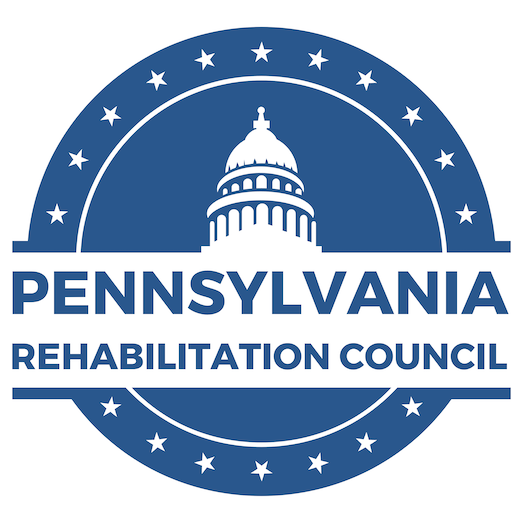History of the Pennsylvania Rehabilitation Council
The Pennsylvania Rehabilitation Council was established in 1993 as mandated under the Rehabilitation Act Amendments of 1992. The Council provides citizen oversight to the Office of Vocational Rehabilitation (OVR) and shares its dedication to the empowerment of persons with disabilities, particularly those with the most severe disabilities, so that they may realize their goals with respect to employment, independence, and integration into society. The 1998 Amendments to the Rehabilitation Act provided clarifications to the responsibilities of Council functions that further the goal of creating a consumer-driven vocational rehabilitation system for each state. The 2014 Workforce Innovation and Opportunity Act (WIOA) is an important piece of legislation for the Council and OVR as it provides additional Amendments to the Rehabilitation Act that are intended to strengthen the nation’s workforce system and improve employment opportunities for people with disabilities.
It is important to understand the legislative history that created and expanded the role of the State Rehabilitation Council (SRC) to its current form. The following timeline provides an overview of the legislative progression of the public VR Program.
The Vocational Rehabilitation Act of 1918 or the Soldier’s Rehabilitation Act, also known as the Smith-Sears Act provided Vocational Rehabilitation (VR) Services for soldiers returning from World War I.

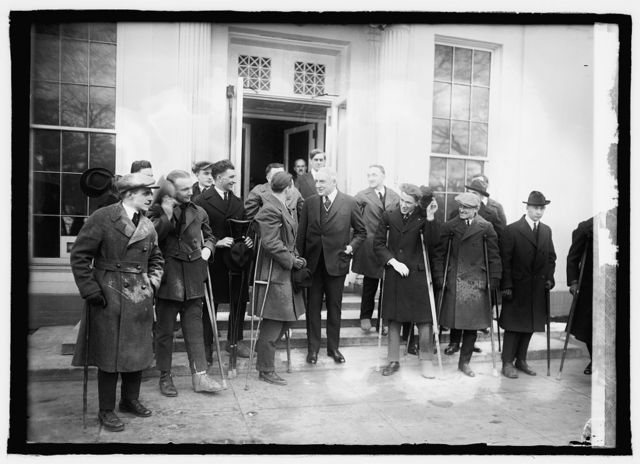
The Smith-Fess Act of 1920 provided VR services for civilians with physical disabilities.
The National Rehabilitation Association (NRA) is officially named. The following link provides more information about this vital advocacy group’s mission and history: https://www.nationalrehab.org/our-mission-and-history
League of the Physically Handicapped: This group formed picket and sit-in protests to advocate for the employment of people with disabilities which led to thousands of jobs and the founding of the New York City Disability Rights Movement. By the early 1930’s, 46 states had developed VR programs.
Barden La Follette Act expands VR services to those with Mental Health and Cognitive disabilities, removing the word “physical” from the definition of disabilities.
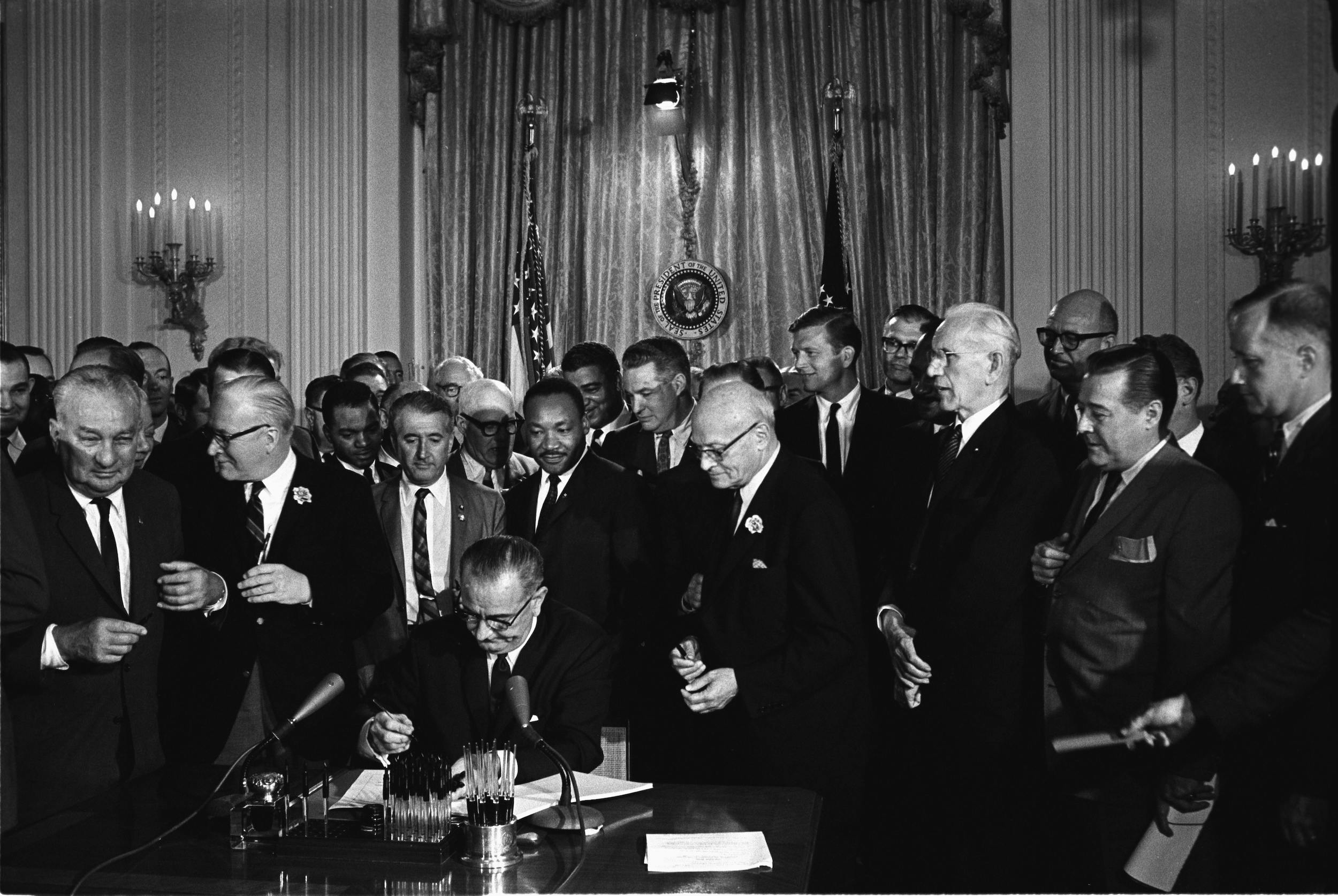
The Civil Rights Act of 1964 outlawed discrimination that was based on race, religion, and gender. People with disabilities were not included within these Civil Rights laws until 1988.
Amendments of the Vocational Rehabilitation Act of 1965 provides measures to expand VR services and requires states to provide services for any eligible citizen. During the 1960’s, advocates of the Disability Rights movement created global demands for equality. This important work continues to provide landmark social and legislative reform. Learn more about an important part of Pennsylvania’s Disability Rights movement, Visionary Voices, at the following link: https://disabilities.temple.edu/voices

Architectural Barriers Act of 1968 requires that all buildings intended for public use, the employment or residence of people with disabilities are fully accessible.
This important Federal Legislation prohibits discrimination on the basis of disability in programs conducted by Federal agencies, in programs receiving Federal financial assistance, in Federal employment, and in the employment practices of Federal contractors.
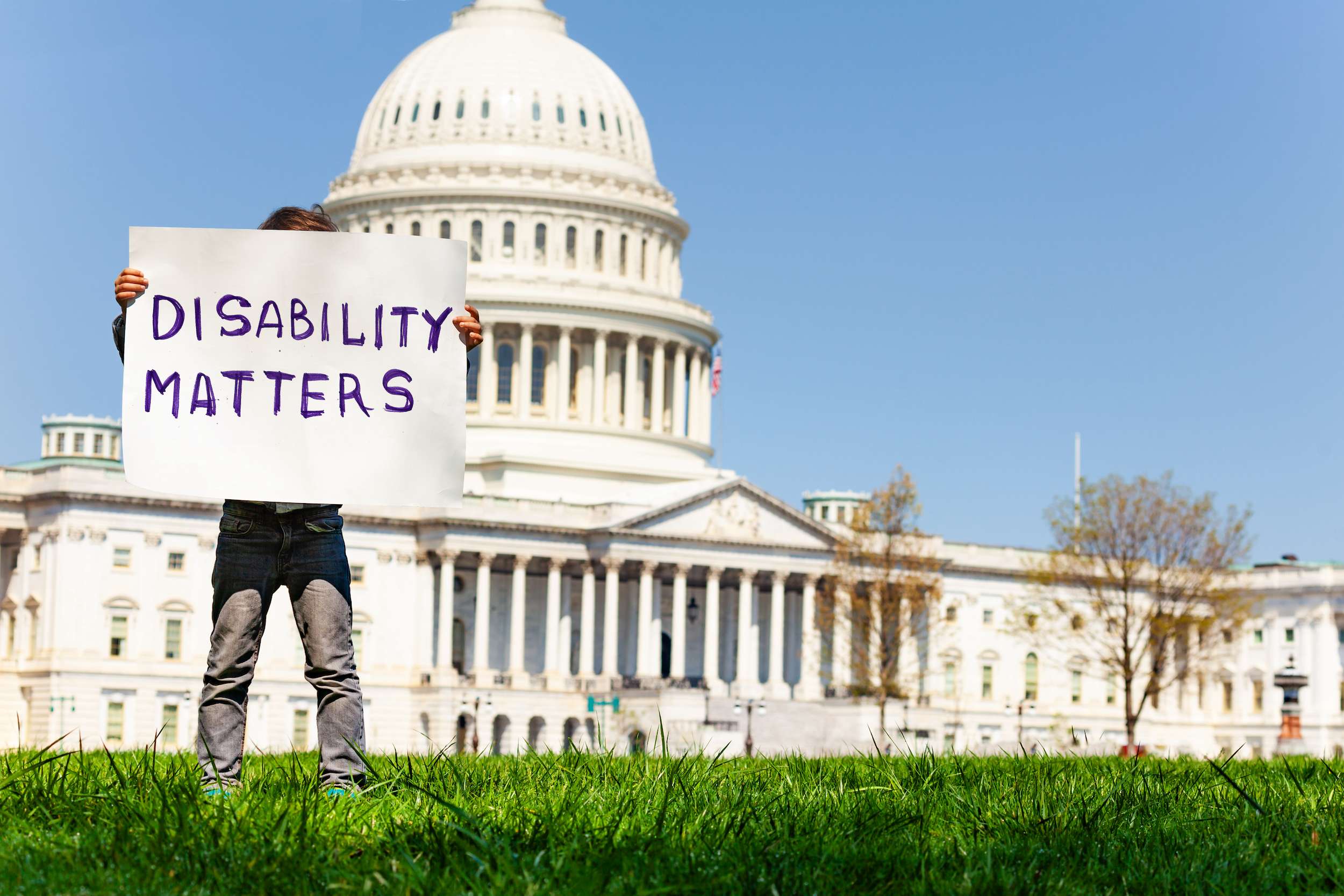
The 504 Sit-in of 1977, the disability rights protests, helped to achieve landmark legislation including the establishment of the Centers for Independent Living (CILs) through the 1978 Amendments to the Rehabilitation Act.
The Fair Housing Act prohibits discrimination on the basis of disability.
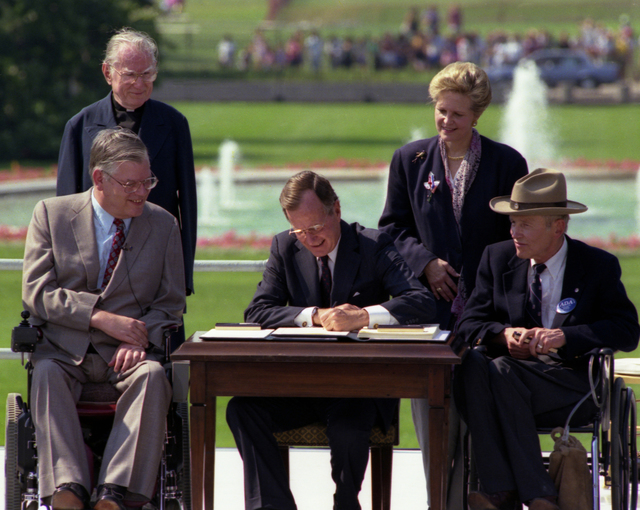
Americans with Disabilities Act (ADA) is one of the most comprehensive pieces of disability rights legislation. The ADA prohibits discrimination on the basis of disability in employment, State and local government, public accommodations, commercial facilities, transportation, and telecommunications.
The Rehabilitation Act Amendments of 1992 required each state to create a Rehabilitation Advisory Council. Follow the link to learn more about the mandated functions of State Rehabilitation Councils: https://rsa.ed.gov/about/programs/vocational-rehabilitation-state-grants/SRC-independent-commission-resources
The Pennsylvania RAC was established in 1993 as mandated under the Rehabilitation Act Amendments of 1992 (PDF). The Council provides citizen oversight to the Office of Vocational Rehabilitation (OVR) and shares its dedication to the empowerment of persons with disabilities, particularly those with the most severe disabilities, so that they may realize their goals with respect to employment, independence, and integration into society.
The Rehabilitation Act Amendments of 1998 provided clarifications to the responsibilities of Council functions, that further the goal of creating a consumer-driven vocational rehabilitation system for each state.

Established in 1999, the following programs and Legislation strengthened the financial and healthcare infrastructure for people with disabilities regarding employment: Work Incentives Planning and Assistance (WIPA), Ticket to Work Program, and Work Incentives Improvement Act.
Act 77 of 2001, the Tobacco Settlement Act, established a special account that provided funding for multiple programs including the Medical Assistance for Workers with Disabilities (MAWD) program.
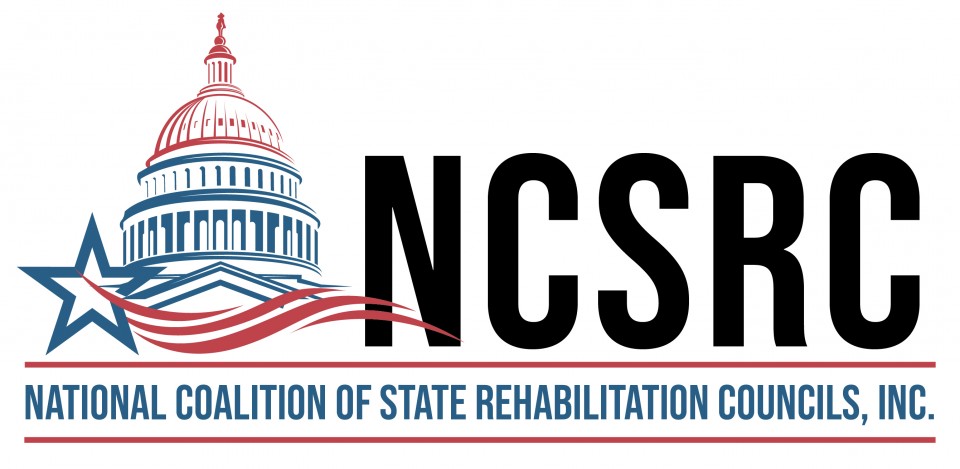
PaRC is a member of the National Coalition of State Rehabilitation Councils. Learn more here about the inception of the NCSRC: https://ncsrc.net/history
This crucial legislation is designed to help those with disabilities seeking employment succeed. Learn more at the following link: https://www.dol.gov/agencies/eta/wioa
The Achieving a Better Life Experience (ABLE) Act improved financial stability and employment options for persons with disabilities by authorizing tax-advantaged savings accounts for youth and adults with disabilities. Learn more at the following link: https://paable.gov/


Expansion of the Medical Assistance for Workers with Disabilities (MAWD) program through Act 69 of 2021, was signed into law and allows for those receiving MAWD benefits to keep or gain competitive integrated employment, accept raises and promotions, and work more hours without having to sacrifice vital benefits.
